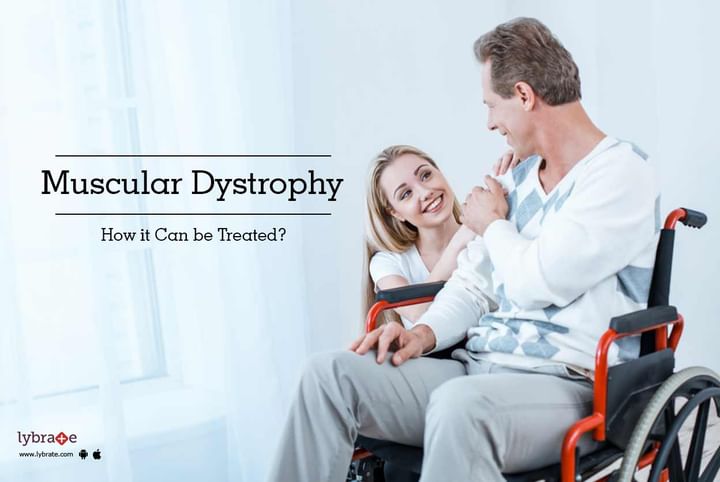Muscular Dystrophy - How it Can be Treated?
The ability of the human body to move is because of the wonderful and smooth coordination between the various muscles and joints in the body. Of the muscles, there are some muscles which we can control, known as voluntary. The limbs and hands for instance, can be controlled by us. On the other hand, the muscles of the stomach, heart and other internal organs cannot be controlled by us. These are known as involuntary muscles. When there is an abnormality in the muscle growth, the condition is known as muscular dystrophy (MD). There are multiple types of MD, and most of these are due to genetic abnormalities and are inherited from the mother. It is caused due to lack of a protein named dystrophin.
It is mostly seen in boys at a young age, and it can progress with age. In some people, the onset is late, and even smooth muscles like the heart can be affected. The most common presentation is muscle wasting with gradual loss of muscle mass and loss of strength in the muscles. This leads to waddling gait, muscular pain and stiffness, difficulty sitting and standing, frequent falls, and other learning disabilities. As the disease progresses, there is a further limitation of movement with shortened muscles and tendons, increasingly curved spine, cardiac issues, difficulty swallowing and breathing problems. These symptoms are due to the smooth muscles being affected.
Though there are multiple varieties of it, the most common ones are Duchenne and Bekcer’s. In Duchenne, the symptoms begin to manifest at about 3 years of age and by the age of 20, the child usually dies of respiratory failure. While there is no specific treatment for MD yet, there are a lot of supportive measures including drugs and physiotherapy to improve function and restore quality of life to the extent possible.
- Corticosteroids are useful in improving muscle mass and reduce the pace of disease progression. Heart medications like beta blockers and ACE inhibitors are useful where the heart function is affected.
- Mobility aids like canes, walkers, and wheelchairs may be used depending on the severity of symptoms.
- Patients are asked to perform general exercise to improve overall body movement and reduce rigidity. Walking, swimming, jogging are useful in keeping the muscles agile.
- Braces may be useful to keep the muscles in tension.
- If the lungs are affected, breathing assistance may be required to ensure there is sufficient oxygenation. A ventilator may be required in some people.
Though not proven yet, there are drugs being tested to delay muscle wasting, altering the damaged dystrophin, and other advanced techniques to treat MD. Currently, however, drugs and physiotherapy are the only methods available.



+1.svg)
